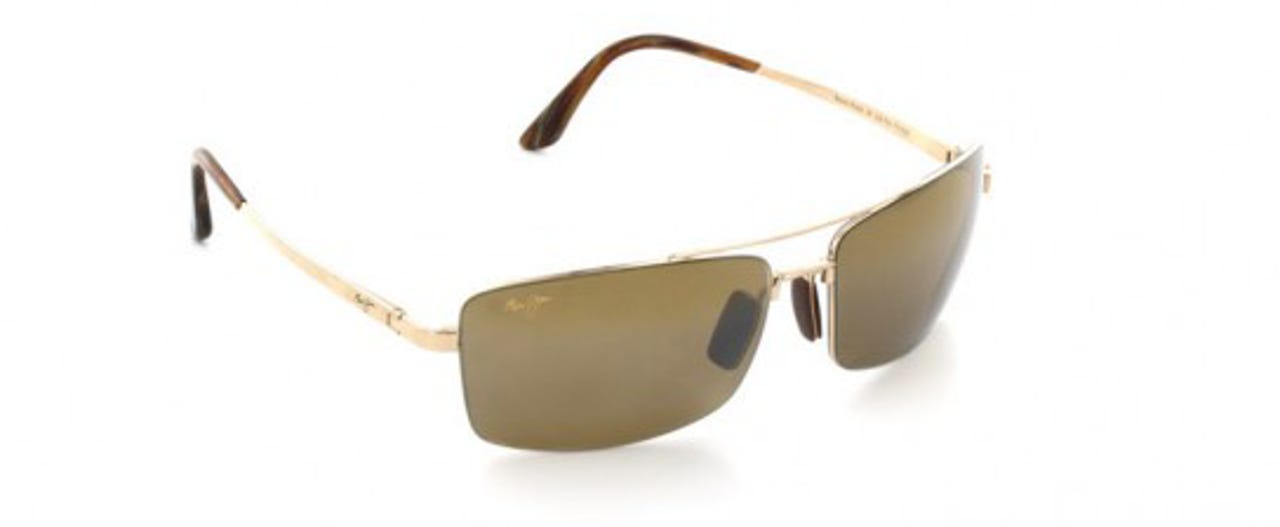iPads go black in portrait mode with polarized sunglasses

I recently noticed that my iPad 3 goes completely black when viewed in portrait mode when wearing polarized sunglasses. (I have an affinity for Maui Jim sunglasses because of their legendary polarization).
DisplayMate's Ray Soneira tells me that this phenomenon is a result of the "extinction" that is set by the manufacturer -- and that it's been the case with all iPads. Surprisingly, Apple addresses it in the iPhone (see the video below) and most of the other tablet OEMs have overcome this (admittedly trivial) shortcoming.
Using polarized sunglasses all iPads go black in Portrait mode. Other displays go black in Landscape mode. Much better is for the manufacturer to set the extinction at 45 degrees so the display looks good in both Portrait and Landscape modes. The Motorola Xoom behaves this way. Best of all, with compensating films this effect can go away almost entirely.
The iPhone 4 and Samsung Galaxy Tab have no extinction at any angle (just a small color shift). The effect should only apply to LCDs because they use polarized light internally. So OLEDs also should not show any such extinction effect.
The Nokia Lumia 900 behaves this way, which is very nice, but the Samsung Galaxy S has a surprising 45 degree extinction. Of course all of this should only matter outdoors, although movie stars and other people also wear sunglasses indoors, so be careful...
I agree with DisplayMate's Ray Soneira (author of the excellent iPad Display technology Shoot-Out) Apple should have set the iPad's extinction to 45 degrees or used compensating films to eliminate it entirely.
Summer is coming, after all...
Here's a demo video of it in action:
Update: Some additional technical details from Soneira - IPS LCDs can only be set for either Landscape or Portrait Extinction. All other LCD technologies can have any extinction angle desired, of which 45 degrees is the best. The best solution of all is a compensating film (technically a Quarter Wave Plate) that turns the Linearly Polarized light from the LCD into Circularly Polarized light. That is what the Samsung Galaxy Tab 10.1 has.
